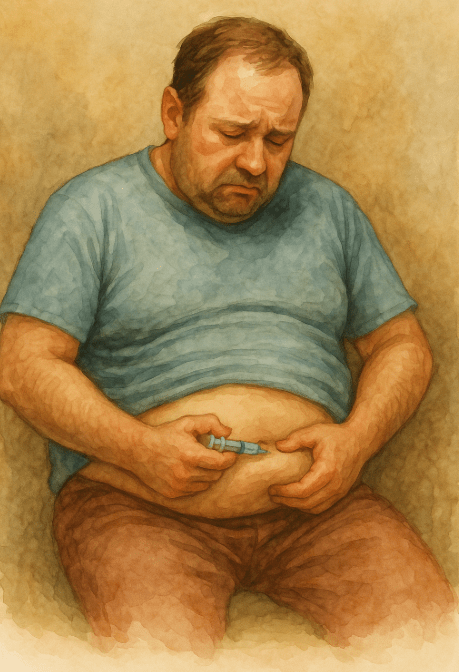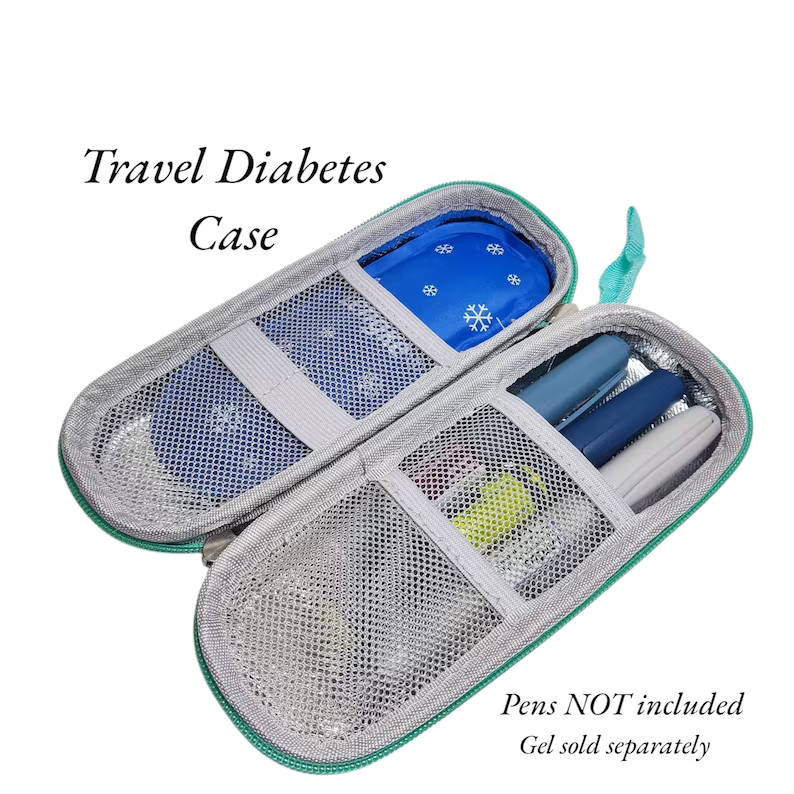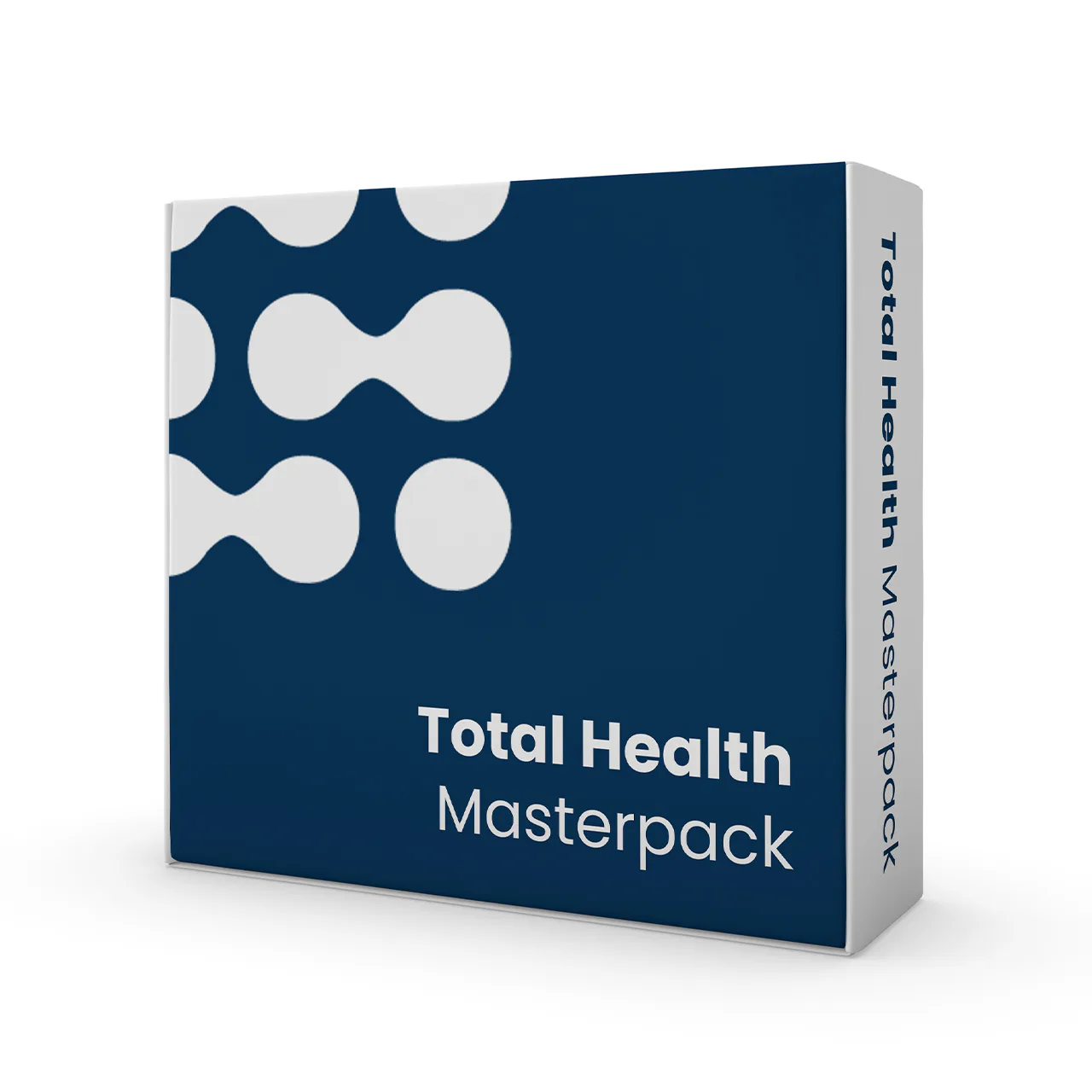Grieving Type 1 Diabetes: Living by the Numbers and Still Losing Ground – Grief & Solace
Grief with type 1 diabetes is constant, counting carbs, counting shots, and mourning the freedom to live without fear of a number.

This post blends real grief with grounded knowledge. It isn’t clinical. It isn’t distant. It’s meant to sit beside you—not above you. The story you’ll read is meant to reflect what so many feel when living through or witnessing this condition: confusion, exhaustion, and quiet forms of courage.
If what you read feels familiar, please speak with your doctor. Your pain deserves more than silence.
Every Birthday Candle Felt Like a Victory Against the Clock
The diagnosis came on a Wednesday… He was seven years old… His parents were told it wasn’t their fault—that his pancreas had simply stopped showing up. From now on, insulin would be his lifeline—forever. The word “forever” was spoken as if it were a fact, but to a child, it sounded like a sentence.
That first night in the hospital, his mother wept in the hallway, not because her son was dying, but because he wasn’t. Yet, everything had changed…
🧠 Symptoms:
– Sudden onset, often in children: increased thirst, frequent urination (including bedwetting in previously dry children), extreme hunger, unintended weight loss, fatigue, irritability, blurred vision.
– Acute episodes: hypoglycemia (low blood sugar) causing shakiness, sweating, confusion, seizures; hyperglycemia (high blood sugar) with fatigue, blurred vision; diabetic ketoacidosis (DKA): fruity breath, nausea, confusion, life-threatening.
No more carefree sleepovers… No more grabbing a juice box without calculating the cost. No more birthdays without blood sugar checks tucked between candles and cake. They trained him quickly…how to prick his finger, how to count carbs, how to feel the difference between “a little tired” and a blood sugar crash. He learned to smile while needling his own thigh at lunch, learned to hide his Dexcom beeps under jokes. Kids don’t get to grieve the way adults do; they adapt… He did…
But the grief was still there…silent, small, packed into the corners of every school day.
He got used to the questions: “Why do you have that thing on your arm?” “Do you have diabetes because you ate too much sugar?” “Will you die if you forget your shot?”
He tried to answer, tried to explain what it felt like to be so aware of his own body when all he wanted was to be like everyone else—those who had juice boxes, birthday treats, and no numbers to memorize.
Complications:
– Long-term organ damage: heart disease, neuropathy, kidney failure, retinopathy, foot ulcers, infections.
– Pregnancy risks: preeclampsia, miscarriage, birth defects.
– Acute risks: hypoglycemia, DKA, which needs emergency care.
Causes:
– Autoimmune destruction of insulin-producing pancreatic islet cells.
– Exact trigger unknown, but factors include genetics and environmental triggers like viruses.
– Without insulin, glucose accumulates in blood, leading to serious complications.
His parents checked on him every night, slipping into his room like ghosts. They checked his monitor, held their breath when it buzzed, and whispered thank-you prayers when it didn’t. Because with Type 1, the fear never really leaves…
He became a teenager, grew tired of being perfect…
He skipped a few shots, lied about his numbers, and ended up in the ER with DKA and guilt soaking through the IV. And yet…he kept going.
He graduated, got a pump, learned how to eat what he loved again…carefully, rebelliously.
He met others like him, learned to laugh when his sensor failed in the middle of a movie. He discovered that survival isn’t a straight line; it’s a thousand adjustments, made with trembling fingers and fierce will.
Every birthday candle he blows out isn’t just for the year ahead; it’s for the year he made it through.
Risk Factors:
– Family history of type 1 diabetes.
– Genetic predisposition.
– Higher risk in people living farther from the equator.
– Peak onset in children aged 4–7 and 10–14.
📘 Diagnosis & Treatment
Diagnosis
– Elevated A1C (≥6.5%) on two tests.
– Random blood glucose ≥200 mg/dL.
– Fasting glucose ≥126 mg/dL.
– Autoantibody tests differentiate from type 2.
– Urine ketones suggest insulin deficiency.
Treatment
Insulin Therapy
– Types: rapid-acting (Humalog, Novolog), short-acting (regular), NPH, long-acting (Lantus, Levemir, Tresiba).
– Delivery: injections, insulin pumps, or closed-loop systems.
Glucose Monitoring
– Finger sticks, continuous glucose monitors (CGM).
– Target A1C: generally below 7%, tailored to patient.
Medications & Lifestyle
– Kidney protection (ACE inhibitors/ARBs), cholesterol meds, low-dose aspirin if indicated.
– Carbohydrate counting, high-fiber diet, low refined carbs.
– Regular exercise (minimum 150 mins/week).
– Adjust insulin for activity, illness, and food.
– Avoid excess alcohol and manage stress.
Special Considerations
– Driving: test blood sugar before driving.
– Work safety: inform employer, plan for emergencies.
– Pregnancy: aim for A1C <6.5% before conception, close monitoring throughout.
– Vaccinations: flu, COVID-19, pneumonia, hepatitis B.
Emergency Signs
– Hypoglycemia: sweating, shakiness, confusion, seizures.
– DKA: nausea, vomiting, fruity breath, altered mental state.
Living With It
Type 1 diabetes is a relentless companion—an uninvited guest that demands constant attention. It begins with a surge of symptoms—thirst, fatigue, sudden weight loss—then shifts into a life of calculations: meals, insulin doses, blood sugar checks.
There’s grief in every meal that requires planning, every low blood sugar episode that interrupts your day, every scar from injections or sensors. It can feel isolating, overwhelming, a loss of spontaneity.
But within that struggle lies strength. The child learning to give themselves shots, the adult mastering their routine, the survivor who refuses to be defined by their diagnosis. Every day is a testament to resilience—a rhythm of survival that, though challenging, is also fiercely empowering.
You are not weak for needing insulin—you are powerful for living with it, for adapting, and for choosing to thrive in spite of it.
I know this is heavy, and I understand that the road ahead may feel like a tangle of loss and unanswered questions. But please hear this: you are not broken because you are hurting; you are not weak because you are afraid. You are living through something real, and survival itself is a kind of grace. You are allowed to struggle, you are allowed to hope, and you are allowed to not have all the answers today. Whatever comes next, you do not face it empty-handed; you carry every moment of love that shaped you, and that will always be enough to keep going.
🎀 Gifts to help With Type 1 Diabetes
🏥 Everyday Comforts for Everyday Battles
Managing Type 1 Diabetes often means needing a little extra help.
Sometimes it’s about restoring dignity, ease, or simply getting through the day with less pain.
These carefully chosen tools aren’t just items; they’re small bridges back to living.
This section is about finding practical support, never shame.
Insulin Travel Organizer – Control on the Days When the Numbers Rule Everything
Type 1 diabetes doesn’t give breaks. This compact insulin travel case keeps pens, vials, needles, test strips, and emergency snacks organized in one discreet, temperature-safe pack. Whether you’re at work, school, or mid-commute, it’s a toolkit for the disease that never clocks out.
🌿 Paths to Healing Beyond the Map
Sometimes traditional medicine isn’t enough.
If you’re exploring gentle, alternative options to help with Type 1 Diabetes,
you might find comfort in plant-based compounds like **CBD or CBG**.
*This section is not medical advice, just a door left open.*
USA Medical Total Health Master Pack – System Support for the Body That’s Always Calculating
T1D wears down more than blood sugar—it wrecks sleep, inflames tissues, and fries your nerves from constant vigilance. This Total Pack offers CBD, inflammation support, immune regulation, and nervous system calm to help steady the toll of long-term management. It doesn’t lower blood glucose. But it helps the person doing the math live inside their body again.
Need a Different Path Forward?
Every journey through grief looks different. Choose the next step that speaks to where you are now:
When You're Ready to Start Healing
Healing doesn’t mean forgetting.
It means finding small ways to carry your grief with strength and grace.
These are the stories, tools, and gentle steps to begin walking forward…at your own pace.
When You're Still in the Thick of It
Sometimes healing feels like a lie.
If you’re not ready to move on…if the pain still roars louder than the world wants to hear…this is the place where you’re allowed to feel it.
No sugarcoating. No pretending. Just truth.
When You're Holding on to Who’s Still Here
Grief reminds us to love louder.
If someone you love is still with you, this is your place to celebrate them, honor them, and create new memories while there’s still time.
Joy and sorrow can live side by side.






